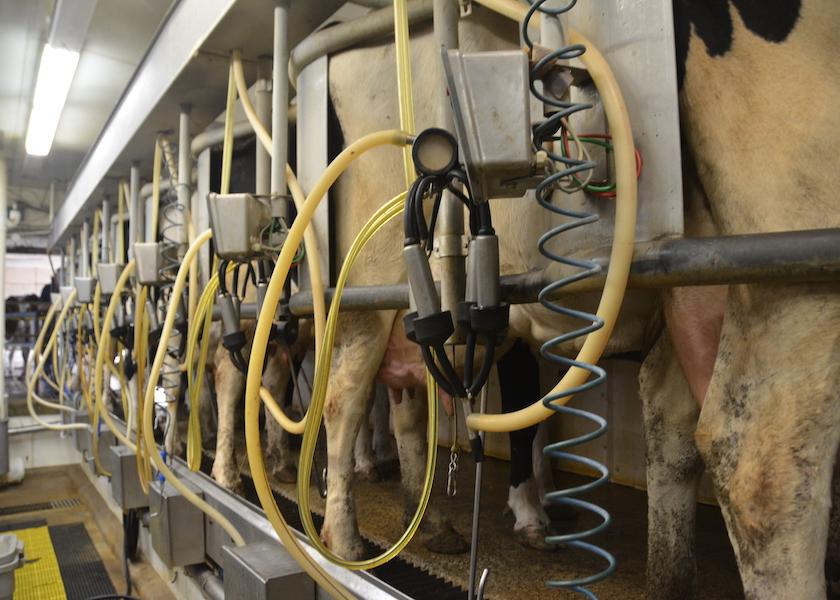Unimpressive USDA Milk Production Report Spells Surplus in More Ways Than One

After hearing reports of milk being dumped due to the surplus of milk on the market, the recent USDA Milk Production report wasn’t surprising. The May report documented a 0.6% increase over a year prior. Cow numbers also followed suit, up 24,000 head from 2022, but unchanged from the previous month. Phil Plourd, head of market intelligence at Ever.Ag Insights, shares that’s partially due to slowed on-farm liquidations and slaughter rates.
“If you think back to May, the weather was pretty good everywhere. That certainly helped keep the numbers above water. But in addition, we still aren’t seeing major liquidation,” Plourd says. “Cow numbers didn’t change from month-to-month. Until we see slaughter rates really accelerate and cow numbers move consistently lower, the road to less milk is not getting shorter.”
Idaho led the way with a 44 million lb. gain in milk production. Other states showed growth, like New York (up 28 million lbs.) and South Dakota and Minnesota (both up 22 million lbs.). While both California and New Mexico showed a decline of 24 million lbs.
Sources are telling Dairy Herd Management that Idaho doesn’t have the processing capacity to handle all that surplus milk and that some of the milk is being dumped. According to Erick Metzger with National All-Jersey, some of the milk is also being moved long distances to find a processing plant.
Metzger states that the surplus of milk in the upper Midwest explains why spot loads of milk are selling for as much as $10/cwt. under Class III price.
Yesterday’s Global Dairy Trade event showed no change in the overall price index. Butter gained 5.5%, cheese dropped 3.3%, skim milk powder was down 2.3%, and whole milk powder was unchanged.
Yesterday’s weekly Crop Progress report showed 55% of the nation’s corn crop was in Good or Excellent condition, down 15% from the same week last year. The soybean crop had 54% rated in Good or Excellent condition, down 14% from a year ago.







